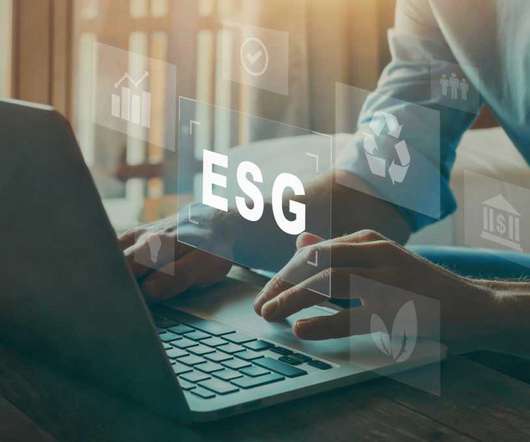Modernizing bp’s application landscape with AI
CIO
JANUARY 24, 2025
As part of this transition, the company is aiming for a net-zero carbon footprint by 2050. The scope of its efforts so far is demonstrated by its shift into lower-carbon businesses, power trading, and convenience stores, which represented just 3% of its investment in 2019 but 23% in 2023.














Let's personalize your content